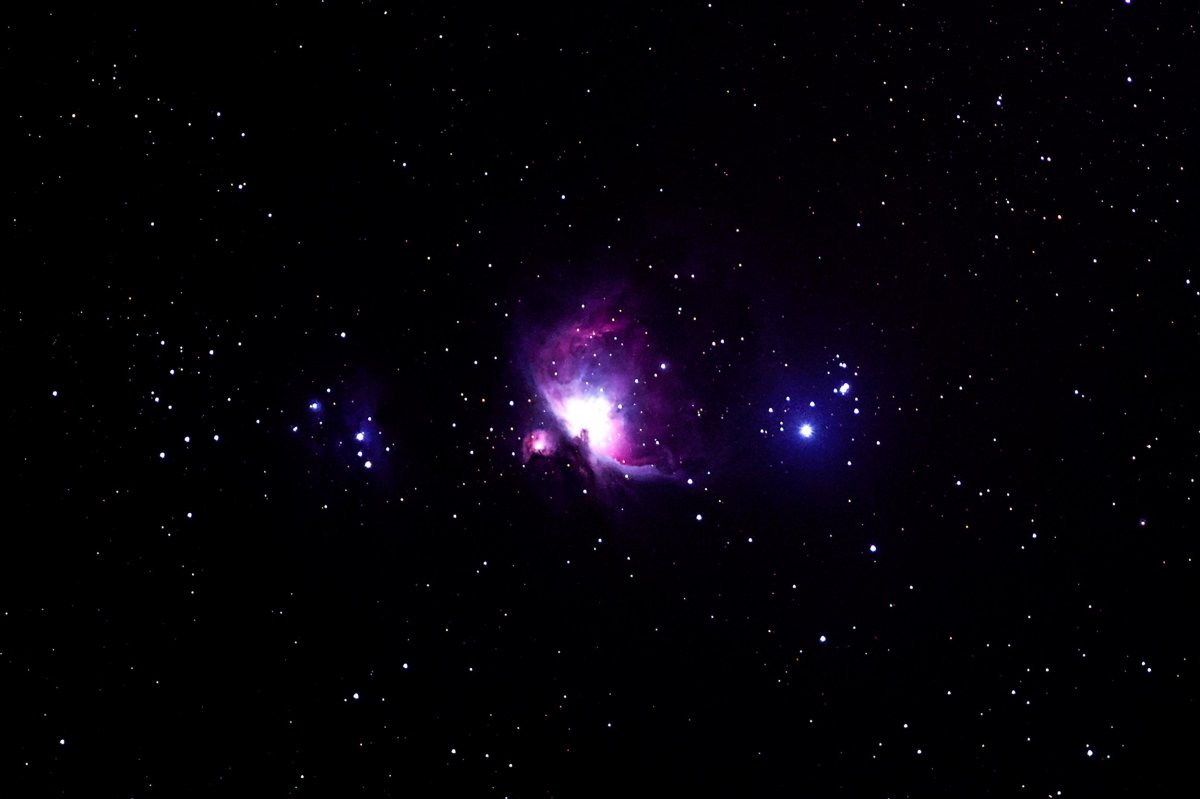Updated |Our current understanding of the beginning of the universe, including the initial formation of stars and galaxies, may be about to change thanks to the recent detection of oxygen in distant space. The oxygen is the furthest sign of this important gas ever detected, and studying it could help us finally discover when the first starlight emerged in the darkness that followed the Big Bang.
The study was published Wednesday in Nature, and it reported the oxygen came from MACS1149-JD1, the most distant galaxy ever observed by Atacama Large Millimeter/submillimeter Array and ESO's Very Large Telescope, two of the most powerful telescopes on Earth. Observations were made between March 2016 and April 2017.
The current theory on the beginning of the universe maintains that an event called the Big Bang spurred the emergence of everything that exists in space and on Earth. However, stars and their galaxies did not form immediately after the Big Bang. It took several millions of years before the first stars emerged.
Related: Milky Way mystery: Is our galaxy getting even bigger?
There was also no oxygen in the early universe. The fundamental gas was created by the formation of the very first stars and released into space when these stars died. For this reason, the presence of distant oxygen is a sign there were earlier generations of stars in this galaxy, an emailed press release on the study reported.

It can take millions of years for signals to travel across space. Although we are seeing it now, the gas glow from this far-off galaxy was likely emitted 500 million years after the universe was first formed.
According to the study, the presence of oxygen shows that there were earlier generations of mature stars in this galaxy, dating before that 500-million-year mark.
"The mature stellar population in MACS1149-JD1 implies that stars were forming back to even earlier times, beyond what we can currently see with our telescopes," said Nicolas Laporte, a researcher at University College London/Université de Toulouse and a member of the research team, in a statement.
This suggests starlight first emerged sooner than previously thought.
Related: Astronomers release stunning images from one of our closest galactic neighbors
Once stars emerged, galaxies followed, and, eventually, everything found in these galaxies, including us, began to take shape. Tracing back the origin of starlight in the universe is critical to revealing the origin of galaxy formation, an event referred to as the "cosmic dawn."The scientists plan to continue to study this distant galaxy in order to answer this important question.
"With these new observations of MACS1149-JD1 we are getting closer to directly witnessing the birth of starlight!" said Richard Ellis, senior astronomer at UCL and co-author of the paper in a statement. "Since we are all made of processed stellar material, this is really finding our own origins."
Correction: This article has been corrected to show that it is the most distant oxygen found in the universe, not the galaxy.
Uncommon Knowledge
Newsweek is committed to challenging conventional wisdom and finding connections in the search for common ground.
Newsweek is committed to challenging conventional wisdom and finding connections in the search for common ground.
About the writer
To read how Newsweek uses AI as a newsroom tool, Click here.








